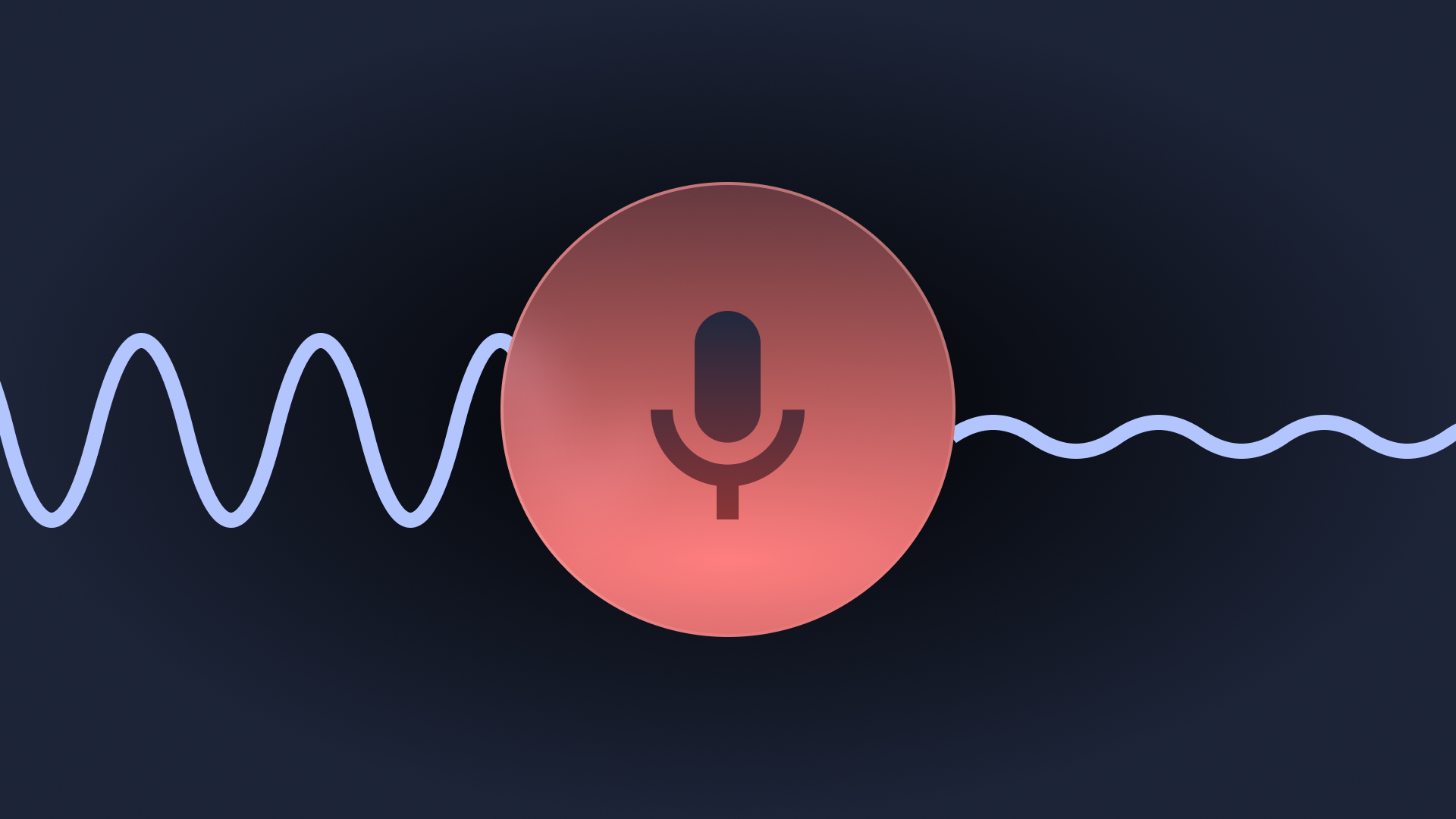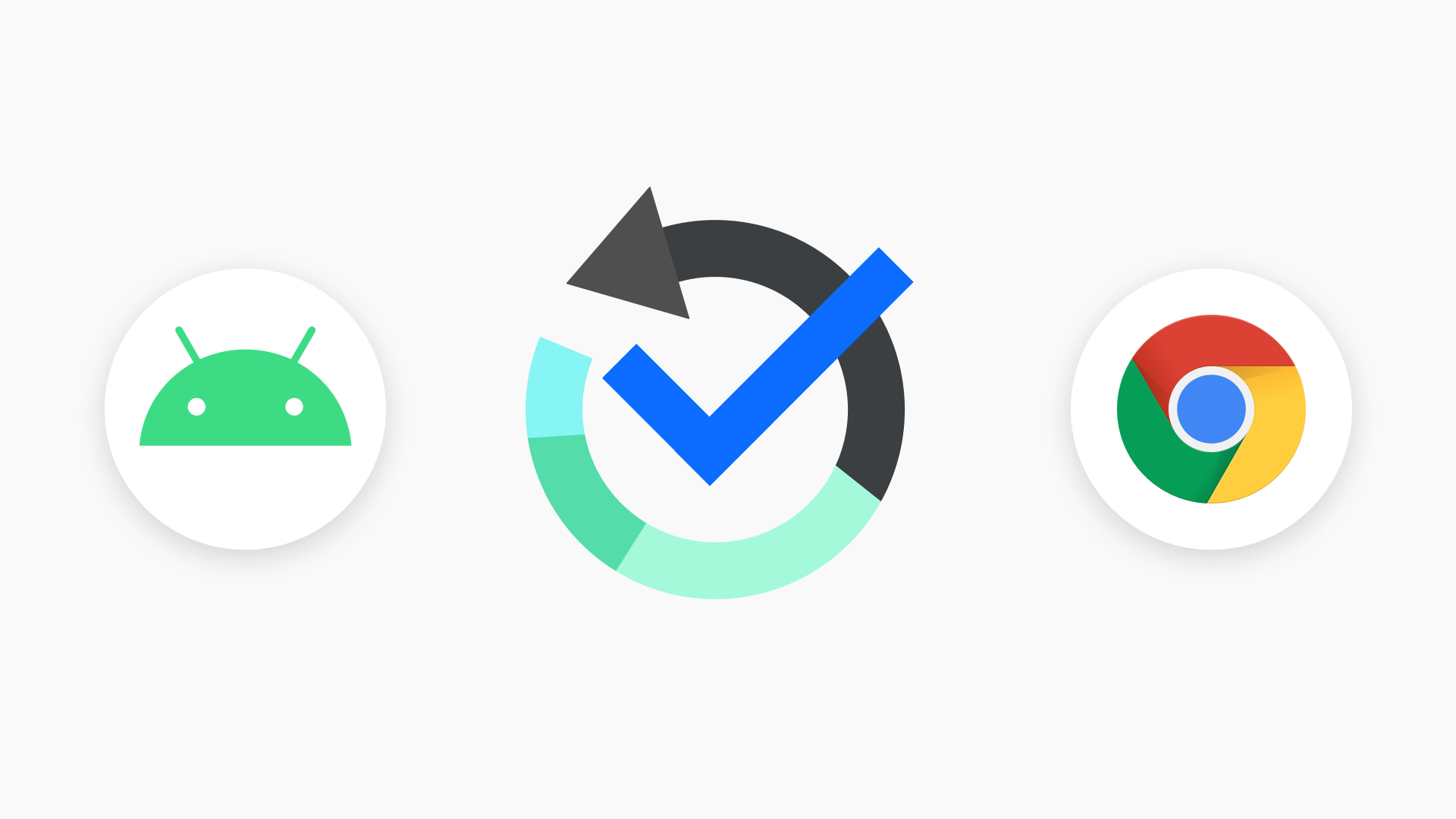Chrome OS 92 has finally rolled out to Chromebooks following a week’s delay, and it’s packed with goodies like a brand new emoji picker and a clipboard manager for tablets. We’ve been digging into the new update and pulling up even more features that should help you get the most out of your Chromebook. Here are a few advantageous but experimental features we’ve found that you can take advantage of today.
Get crystal clear audio for your video conference calls
With much of the world working remotely from home these days, many of us are still relying on video calls to communicate with our family, friends, and work colleagues. Managing technical issues can be a hassle to troubleshoot and impede a productive day, so it’s best you get everything right before the call — including your microphone. Your Chromebook already allows you to adjust your mic volume level, but with a hidden feature new in Chrome OS 92, you can take your audio quality to the next level with noise cancellation — so long as you have the right external hardware. Google tucked the experiment behind a Chrome flag, which you can enable by copying and pasting the following URL into Chrome’s address bar:
Enable toggling input noise cancellation through the Quick Settings. By default, this flag is disabled. — Chrome OS
Select the feature with its drop-down box and restart your Chromebook. Once your desktop comes back, head over to the Quick Settings by clicking the system tray: Select the arrow next to the volume slider, then toggle on “Noise cancellation.” The switch shows up depending on whether your hardware supports noise cancellation — if you don’t see it, you’ll need to attach an external microphone to take advantage of it. We’re expecting noise cancellation for Chromebooks to properly arrive in the next release cycle, and we’re actively looking forward to giving it a thorough test once Google polishes it up.
Instantly pick up where you left off after signing in
It’s an inconvenience to launch your frequently used apps every time you restart your Chromebook. While Chrome already has its own built-in mechanism to restore your tabs, it’s pretty limited. The dialog shows up only if the browser closes unexpectedly, and it only recovers lost tabs. Thankfully, Google has been working on a native solution for Chromebooks since last year, which will launch your Linux, Android, and Chrome apps. You can take advantage of it right now with Chrome OS 92 — enable these hidden flags in bold by copying and pasting them into Chrome’s address bar:
Chrome OS full restore – Chrome OS
chrome:flags#arc-ghost-window
Enables the pre-load app window for ARC++ app during ARCVM booting stage on full restore process – Chrome OS
Once you restart your Chromebook, you’ll have the opportunity to pick up where you left off through a new dialog in the system tray. If the message isn’t there, it’s probably switched off in system preferences — head over to “On Startup” under “Apps” and turn the feature on. It will relaunch all the windows you had opened previously, including your Chrome tabs, windows, and Android apps. You can also restore your windows every time you sign in, have Chrome OS remind you about relaunching your apps every time, or avoid restoring altogether through system preferences.
Chrome OS restores my Android and Chrome apps upon signing in.
At the moment, the native full restore doesn’t relaunch Linux apps yet — a clear reminder that this feature has some ways to go before it’s ready for everybody. But for those who frequently use a handful of Android and Chrome apps, it offers a preview of how useful it can be to instantly pick up where you left off.
Troubleshoot your networking issues with Diagnostics
Troubleshooting network issues on our devices can be quite annoying, especially if you’re unable to search online for answers. While PC operating systems usually have built-in diagnostics features to help you get back online, Chromebooks lacked any native tool — bar the hard-to-find chrome:network tool in Chrome. After we uncovered Google’s attempt to add a connectivity troubleshooting tool for Chrome OS, it abandoned the app in favor of baking it right into Diagnostics. If you enable a hidden switch in Chrome OS 92, Diagnostics will have a new networking section that will help eliminate the guessing game from connectivity troubleshooting. Copy and paste the following URL in bold into Chrome’s address bar to give it a shot:
Enable networking cards in the Diagnostics App – Chrome OS
After you enable it from the drop-down box and restart your Chromebook, the Diagnostics app will show a detailed list of your networking information (like Wi-Fi strength, for example). You’ll also be able to run a network test directly from Diagnostics to troubleshoot connection issues, too. Its simplicity will benefit novice users — instead of leaving them confused and frustrated, it shows steps they need to take to get back online.
Diagnostics app with networking information
While its implementation is clearly in the early stages, it’ll undoubtedly be a valuable tool for users when it eventually arrives for the Stable channel. Having a simple but effective tool to help troubleshoot networking problems will save countless headaches and valuable time.
There’s no denying that with every update, Chrome OS is getting closer to becoming a fully featured system that is more capable than we often give it credit for. It may take a few more major updates for these hidden Chrome OS features to become the defaults, but they offer an exciting glimpse of what’s to come in the not-so-distant future.
Get the most out of your Chromebook with noise cancellation and these other hidden features
Source: Poinoy Wattpad




Post a Comment